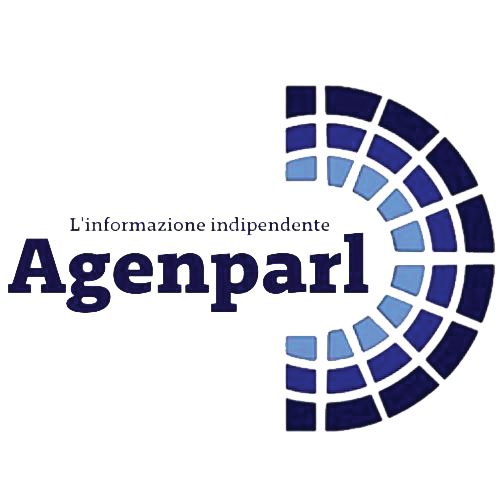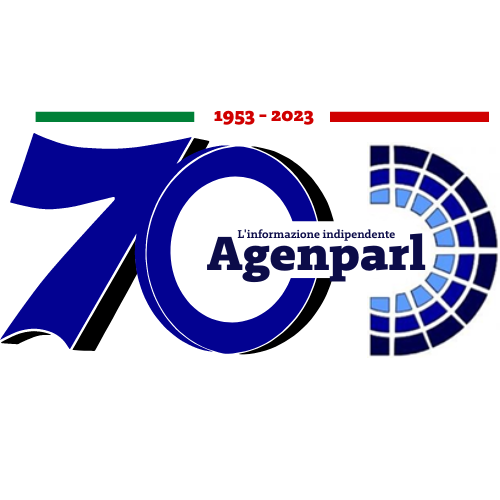 (AGENPARL) - Roma, 22 Ottobre 2025
(AGENPARL) - Roma, 22 Ottobre 2025(AGENPARL) – Wed 22 October 2025 [NewsMedia_NewsRelease]
New FAO-EU initiative will boost vulnerable populations’ access to aquatic foods
20 million euro project targets Blue Transformation innovations in Africa and Latin America
21/10/2025
Rome – The Food and Agriculture Organization of the United Nations (FAO) and the European Union (EU) today launched an initiative to increase access to safe and nutritious aquatic foods for vulnerable populations in Africa and Latin America while strengthening local economies through innovation in aquatic value chains.
New Aquatic Food Value Chains for Sustainable Healthy Diets in Fragile Contexts (NAVAC) will run from 2025 to 2030 in Chad, Colombia, Guinea-Bissau, Mauritania and South Sudan. It will be supported through a 20 million euro contribution from the European Union and an initial $500 000 from FAO’s Technical Cooperation Programme.
“The main aim of NAVAC is to expand the supply of sustainable, affordable, safe and nutritious aquatic foods and ensure that it reaches nutritionally vulnerable populations while at the same time providing economic benefits to local communities through Blue Transformation innovations in aquatic food value chains,” said Godfrey Magwenzi, Deputy Director-General of FAO.
Aquatic foods represent an important source of high-quality protein and essential micronutrients to combat malnutrition, especially among at-risk groups such as children and pregnant and lactating women. They also contribute to lowering the risk of non-communicable diseases. Yet, many food security and nutrition plans overlook the potential of aquatic resources.
“NAVAC promotes innovative and integrated approaches to value chain development, from ‘net to plate’, ensuring that interventions advance food security and nutrition outcomes, strengthen livelihoods and enhance environmental sustainability,” said Deputy Permanent Representative of the European Union to FAO, Minister Counsellor Annette Schneegans. “It reflects the European Union’s commitment to the Global Gateway strategy,” she added.
The European Union’s Global Gateway aims to tackle the most pressing global challenges, from fighting climate change, to improving health systems, and boosting the competitiveness and security of global supply chains.
How the project will work
FAO will implement NAVAC in collaboration with the Technical University of Denmark.
At the outset, the project will analyse aquatic food value chains in participating countries to identify development opportunities, knowledge gaps and areas for improvement. The findings will guide the creation of upgrading strategies to increase the supply of healthy aquatic food to those that need it most.
Together, FAO, the Technical University of Denmark and national partners will develop new and improve existing aquatic food value chains that can help combat both acute and chronic malnutrition. They will also explore innovative ways, such as the use of advanced biotechnologies and product development processes, to ensure that nutritious aquatic foods reach vulnerable populations more effectively.
NAVAC draws lessons from the FISH4ACP project, an initiative of FAO, the European Union and the Organisation of African, Caribbean and Pacific States aimed at making fisheries and aquaculture value chains in Africa, the Caribbean and the Pacific more productive and sustainable to contribute to food and nutrition security, economic prosperity and job creation.
________________________________
Contact
FAO News and Media
________________________________
Journalists & editors:
Online tools:
Video download via FAO Digital Media Hub
Photos via the FAO Digital Media Hub and the FAOnews Flickr account
FAO’s online newsroom
RSS feed of FAO news releases
